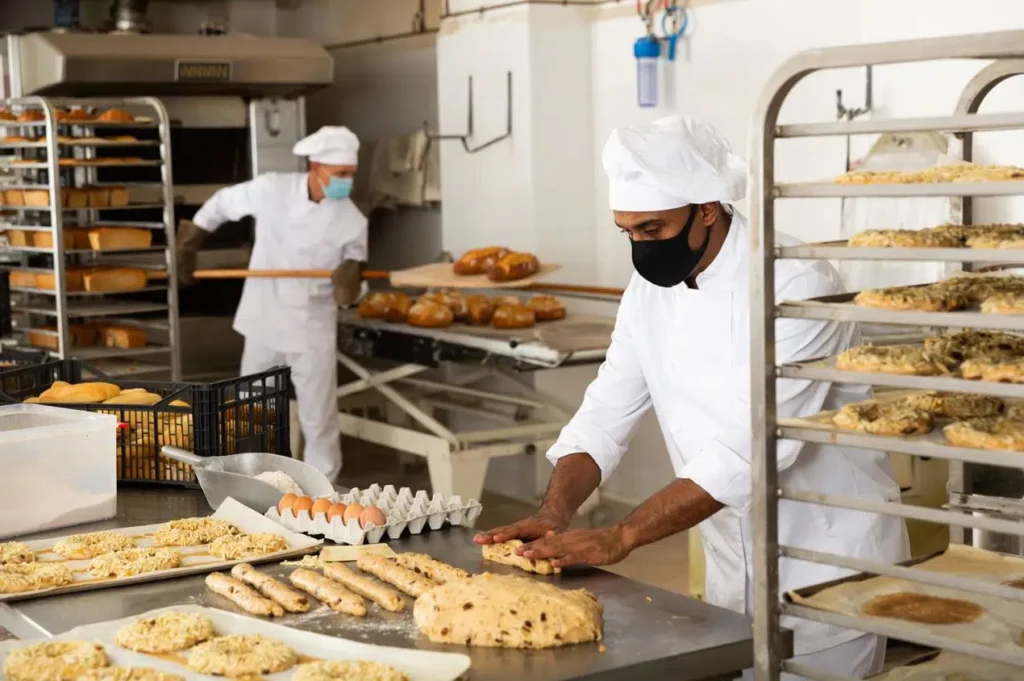Embarking on the journey of planning and building a food factory in Singapore is a venture that demands careful consideration, meticulous planning, and a deep understanding of the local regulatory landscape. As Singapore continues to position itself as a global culinary hub, the process of establishing a food manufacturing facility requires entrepreneurs to navigate a dynamic environment that melds innovation with adherence to stringent standards. This ultimate guide provides a comprehensive roadmap, offering insights and strategies to streamline the planning and construction phases, ensuring the foundation for a successful and sustainable food factory in Singapore.
1. Inception: Defining Your Vision
Before delving into the logistics of planning and construction, it’s essential to define the vision for your food factory. What are your core values? What products will you specialize in? Understanding your unique selling proposition and the niche you aim to occupy in the market lays the groundwork for all subsequent decisions. Whether it’s crafting artisanal chocolates or producing innovative plant-based snacks, clarity on your vision shapes every aspect of the planning process.
2. Market Analysis: Identifying Opportunities and Trends
Conducting a thorough market analysis is the cornerstone of a successful food factory. Identify opportunities by analyzing market trends, consumer preferences, and the competitive landscape. Understand the demand for your products, potential customer demographics, and any gaps in the market. This insight not only guides your product offerings but also influences decisions related to scale and production capacity.
3. Regulatory Compliance: Navigating Singapore’s Food Standards
Singapore places a high premium on food safety and quality. Familiarize yourself with the regulatory requirements set by the Singapore Food Agency (SFA) and other relevant authorities. Ensure compliance with hygiene standards, licensing, and labeling requirements. Engage with legal professionals experienced in the food industry to navigate the regulatory landscape effectively. A solid understanding of compliance is fundamental to securing the necessary permits for your food factory.
4. Site Selection: Choosing the Perfect Location
Selecting the right location is a strategic decision that impacts every facet of your food factory. Consider proximity to suppliers, accessibility for transportation, and compliance with zoning regulations. Evaluate the infrastructure, such as utilities and waste disposal, to ensure seamless operations. The chosen site should align with your production scale and future expansion plans.
5. Facility Design: Optimizing Workflow and Efficiency
Designing the layout of your food factory is a crucial step in optimizing workflow and ensuring operational efficiency. Collaborate with architects and engineers who understand the unique requirements of food manufacturing facilities. Allocate space for production areas, storage, and administrative functions. Prioritize the incorporation of modern technology and equipment that not only meets industry standards but also enhances production efficiency.
6. Equipment Procurement: Investing in Quality Machinery
The heart of any food factory lies in its machinery. Invest in high-quality equipment that aligns with your production needs. Ensure that all machinery complies with safety standards and regulations. Whether it’s industrial ovens, packaging machines, or refrigeration units, the right equipment enhances productivity and contributes to the overall quality of your food products.
7. Sustainability Initiatives: Building a Greener Future
In an era where sustainability is paramount, integrating eco-friendly practices into your food factory is not only a responsible choice but also aligns with consumer preferences. Explore energy-efficient technologies, waste reduction strategies, and sustainable sourcing practices. Building a green food factory not only reduces environmental impact but also enhances your brand reputation.
8. Technology Integration: Streamlining Operations
Embrace technology to streamline operations and stay ahead of industry trends. Implement software solutions for inventory management, quality control, and traceability. Explore automation for repetitive tasks, allowing your workforce to focus on more complex and value-added processes. Technology integration not only improves efficiency but also positions your food factory as a forward-thinking player in the industry.
9. Budgeting and Financial Planning: Ensuring Fiscal Responsibility
Establishing a detailed budget and financial plan is essential for the success of your food factory. Factor in costs related to construction, equipment, licensing, and operational expenses. Consider a contingency fund for unforeseen circumstances. A well-thought-out financial plan provides clarity on the investment required and ensures fiscal responsibility throughout the planning and building phases.
10. Collaboration with Stakeholders: Building Strong Partnerships
Successful food factories thrive on collaboration with various stakeholders. Build strong relationships with suppliers, distributors, and retailers. Engage with the local community and explore partnerships that align with your brand values. Collaboration extends beyond the construction phase, fostering a network that supports the ongoing success of your food factory.
Having a long term Success in Singapore Culinary Scene
Embarking on the journey of planning and building a food factory in Singapore requires a blend of strategic vision, meticulous planning, and a commitment to excellence. By following this ultimate guide, entrepreneurs can navigate the complexities of establishing a food manufacturing facility in Singapore’s dynamic landscape. From defining the initial vision to integrating sustainable practices and embracing technology, each step contributes to the foundation of a successful and innovative food factory poised for long-term success in Singapore’s thriving culinary scene.
